In 2020, Japan Wonder Travel was given a project by the Ministry of Economy, Trade and Industry (METI) to promote 14 selected prefectures that have been affected by typhoons. We offered 20 internationals living in Japan, the opportunity to travel to several destinations and share their experiences while traveling and also after.
- Matias – Kanagawa, Shizuoka and Yamanashi
- Day 1, Kanagawa Prefecture: Hakone Yumoto
- Day 2, SEA & CHERRY BLOSSOMS (Itō and Kawazu, Shizuoka Prefecture)
- Day 3, LAKES & MOUNT FUJI (Gotenba and Fuji, Yamanashi Prefecture)
- Day 4, ART & WINE-TASTING (Kōfu and Katsunuma Budō-kyō, Yamanashi Prefecture)
- Some final words…
- Hotels he stayed during the trip
Matias – Kanagawa, Shizuoka and Yamanashi
My name is Mat, I am a Ph.D. Candidate living in Japan who researches Japanese literature and works as faculty at Waseda University and Kyoritsu Women’s University. What follows is a 4-day itinerary I followed with the help of Japan Wonder Travel in order to explore some of the unknown spots of three Japanese prefectures near Tokyo: Kawasaki, Shizuoka, and Yamanashi. It was a short but intense trip in which I discovered local culture, tried delicious food and enjoyed outdoor activities. I hope you find this useful for your travels!
Day 1, Kanagawa Prefecture: Hakone Yumoto
I left Tokyo early and took the Romance Car of the Odakyu Line at Shinjuku Station. Just 1 hour later I found myself at the first destination, one of Japan’s most famous onsen spots: Hakone Yumoto (its name literally meaning ‘source of a hot spring’). Surprisingly, as soon as I arrived, I also found that Hakone is the setting for the most beloved anime Neon Genesis Evanlegion, so I took a chance to visit the official Evangelion store at the station and the House Vader toy store which is also close by.
After leaving my things at the hotel and taking a shower, I went for a mid-morning coffee at Timuny, a nice and chill place next to Hayakawa River. Then, I walked along Hakone Yumoto’s main street and tried some local mixed pickles. I had lunch at a soba place named just like the area: Hakone. It was one of the best soba noodles I ever had! I also recommend trying Yubadon, a local tofu skin bowl I had for dinner at a restaurant named Naokichi.
During the afternoon I visited Sōun-ji, a Sixteenth-Century Buddhist temple surrounded by a cemetery. The neighbourhood nearby was also quiet and transmitted a very homie atmosphere. Towards the end of the day I visited two onsen, both about 30-minutes away from the city center on foot. The first one was Yu-no-Sato Okada (湯の里おかだ) and the second one, Tenzan Tōjikyō (天山湯治郷). Both were totally amazing, super-relaxing, and worth the stroll.
Day 2, SEA & CHERRY BLOSSOMS (Itō and Kawazu, Shizuoka Prefecture)
Early morning, I took the Odakyu train back to Odawara Station and there I changed to the JR Line in direction to Itō, another famous onsen and resort area in Izu. Due to its easy accessibility from Tokyo, it is the perfect place for staying overnight and still be able to rapidly visit other places in the Izu Peninsula during the day. The city itself, at the same time, is also worth a visit, with its impressive seaside views and historic buildings, such as Tokaikan, a Showa-era ryokan (traditional hotel) now turned into a cultural sightseeing spot open to the public.
Also, because it is so close to the sea, Itō the perfect city to try fresh and delicious seafood. I strongly recommend the local sashimi and squid tempura.
Just 1 hour away from Itō is one the most impressive sakura spots in Japan: the small town of Kawazu, famous for its early cherry-blossoms blooming. Such natural particularity is celebrated each year in the Kawazusakura Matsuri, which lasts from mid-February to early March. Very close to this town there are endless onsen, beautiful beaches and unspoiled natural settings. The whole of the Izu Peninsula, however, just 100 kms southwest of Tokyo and a sacred place since ancient times, is a coastline full of history, unknown traditions and fresh seafood of all sorts.
Day 3, LAKES & MOUNT FUJI (Gotenba and Fuji, Yamanashi Prefecture)
Early in the morning, I left Itō and did some transfers on the JR Lines to get to Gotenba, a shopping city very close to Mount Fuji, arguably Japan’s most famous icon. The view of Mount Fuji from the outlet is absolutely incredible!
In Gotenba I had a fast second-breakfast and then took a local bus first to Yamanaka Lake and then to Kawaguchi Lake. In the first one I found a very calm atmosphere, but also one of the main activities in the area: the Kaba Bus which takes you into the lake. In Kawaguchi I had a very late lunch at perhaps one the best restaurants I visited in Japan: Hōtō Funari (ほうとう歩成), which specializes in Yamanashi’s famous hōtō noodle soup, believed to have been frequently eaten by Takeda Shingen, the regional warlord during the Sixteenth Century.
I would recommend renting a bike if you are planning to stay at either lake for a longer time. The scenery looked impressive from every angle!
Day 4, ART & WINE-TASTING (Kōfu and Katsunuma Budō-kyō, Yamanashi Prefecture)
I left Lake Kawaguchi the next morning and took the JR Line heading for the city of Kōfu, the capital of the prefecture. I walked around the city and had a very traditional Japanese breakfast at Hokkaiya’s main store (北海屋 中央店) which also works as an izakaya (Japanese traditional bar) at night. Then I took a local bus to Yamanashi’s Prefectural Art Museum, which was a most striking discovery! The art and the literature museums are indeed very interesting, but the most memorable thing were all of the outdoor sculptures which matched very well with the mountain scenery and specially with distant Mount Fuji. I had a bentō lunch at the museum and walked back to the city center, enjoying the very local and cozy atmosphere of Kōfu.
During the afternoon I went deep into Kōfu’s countryside to Katsunuma Budō-kyō, one of Japan’s wine producing region. This region is much more beautiful during summer, but I still enjoyed walking around the vineyards and also doing some wine and grape tasting at the famous Katsunuma vineyard, where I also bought some local wine. A delicious discovery!
The people in this last part of my trip were especially nice and I got to talk a lot about my culture with many them. “Yamanashi omotenashi” goes a slogan of the prefecture (omotenashi literally meaning: to entertain guests wholeheartedly). I will most definitely go back!
Some final words…
After making this trip I realized it is worth travel outside of Tokyo. There are so many amazing spots just 1 or 2 hours away, with a more local feeling than Japan’s capital and not yet known by tourists. I hope to see you all there next time!

Hotels he stayed during the trip
We were very excited to work with Matias-san, and all the other guests for this project, and will continue to do our best to promote the less known destinations as much as we can. Keep an eye on our Facebook and Instagram to find another project with us.
And of course, if you need any help to find hidden gems in Japan, Japan Wonder Travel will happily help you out.
Happy travelling!
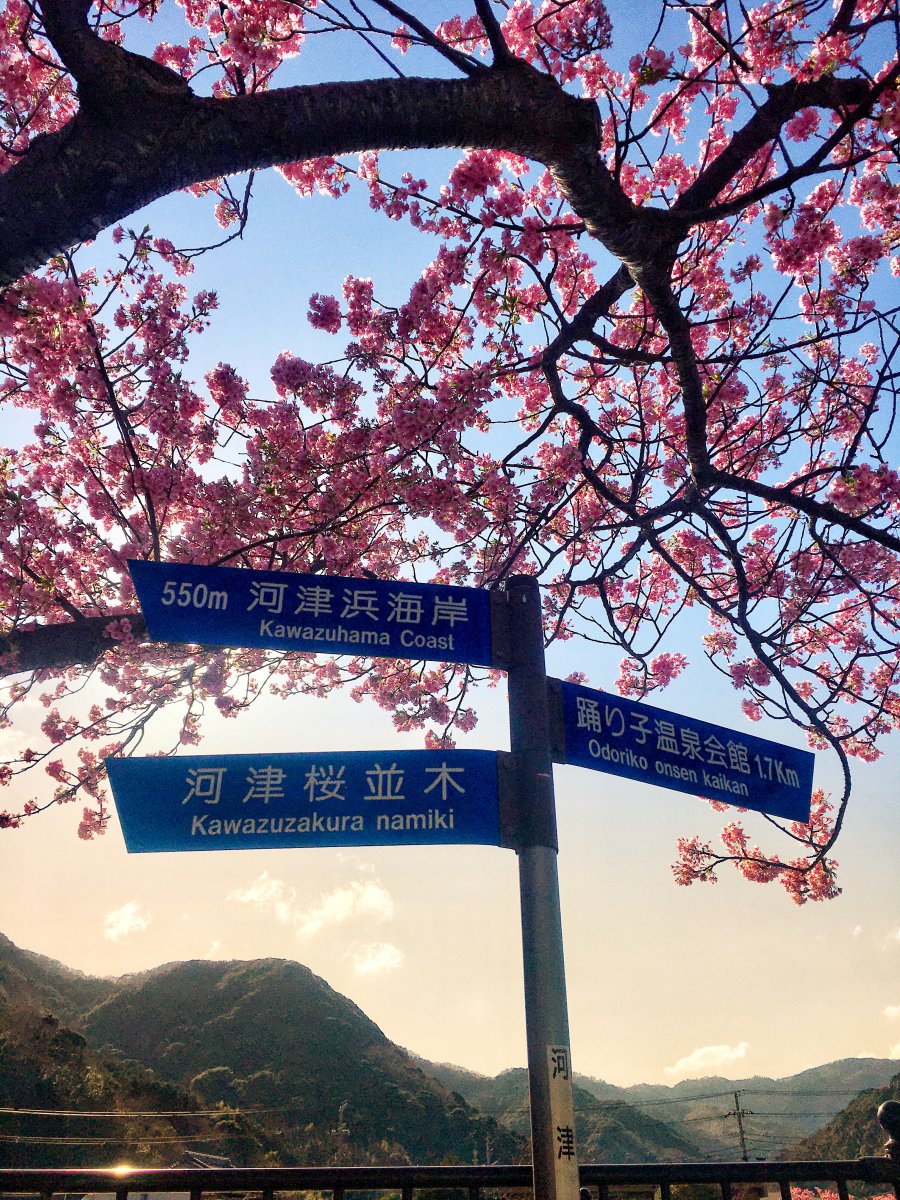
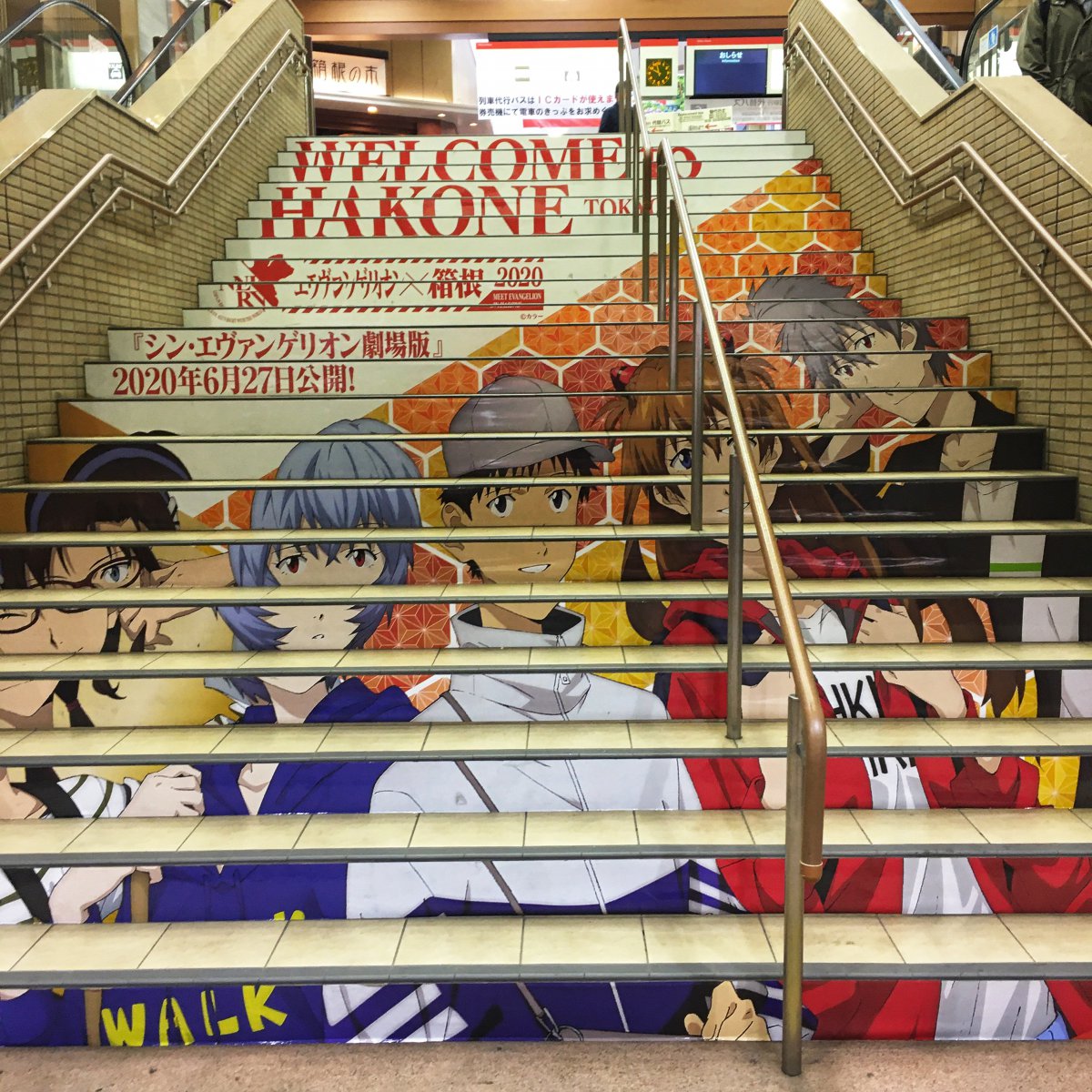
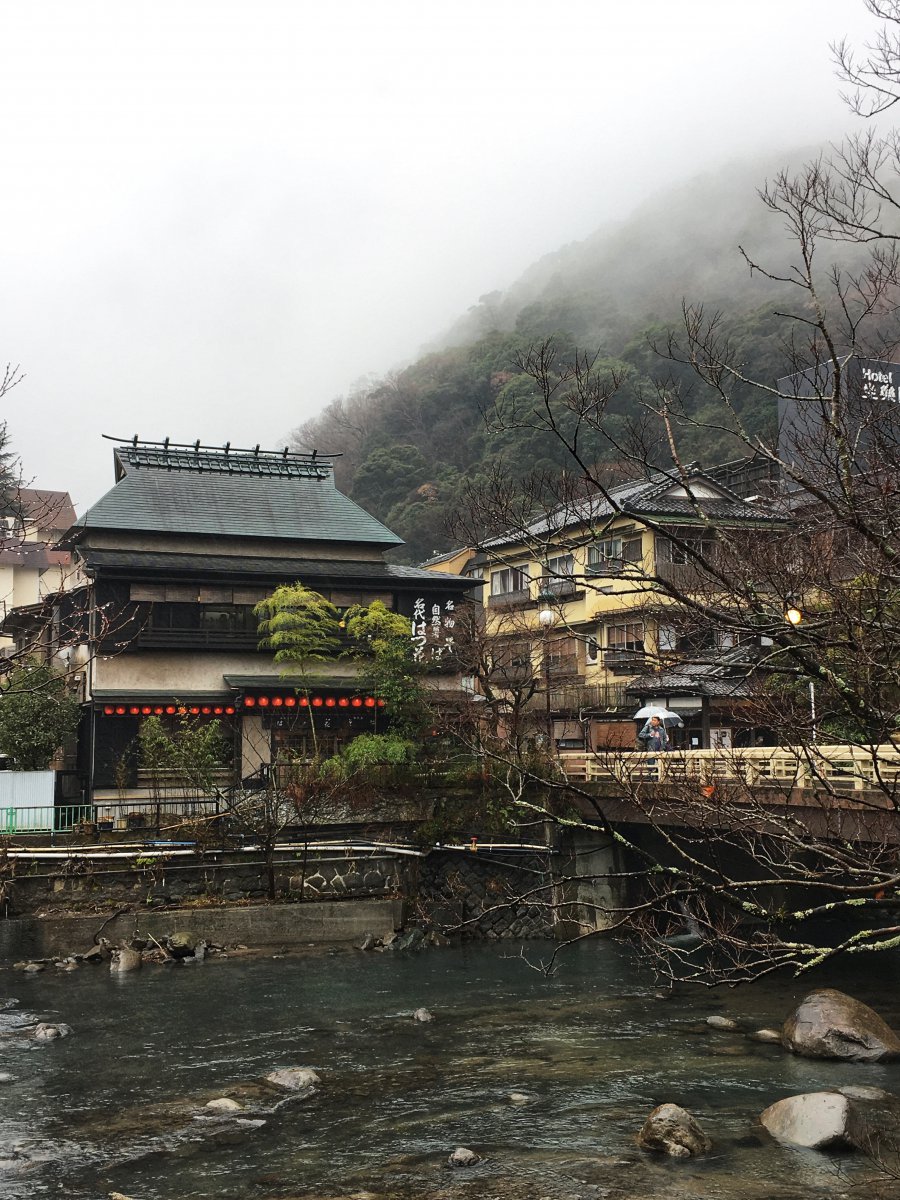
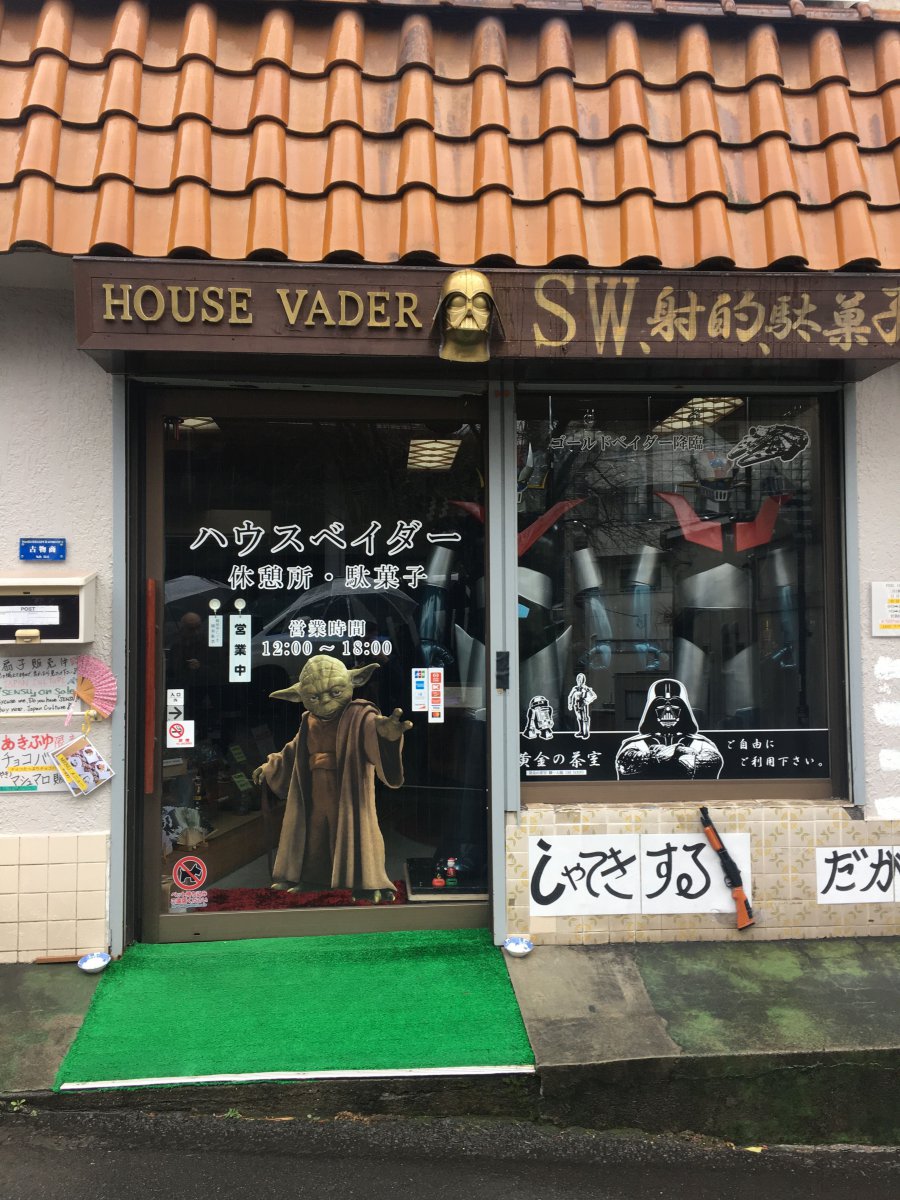
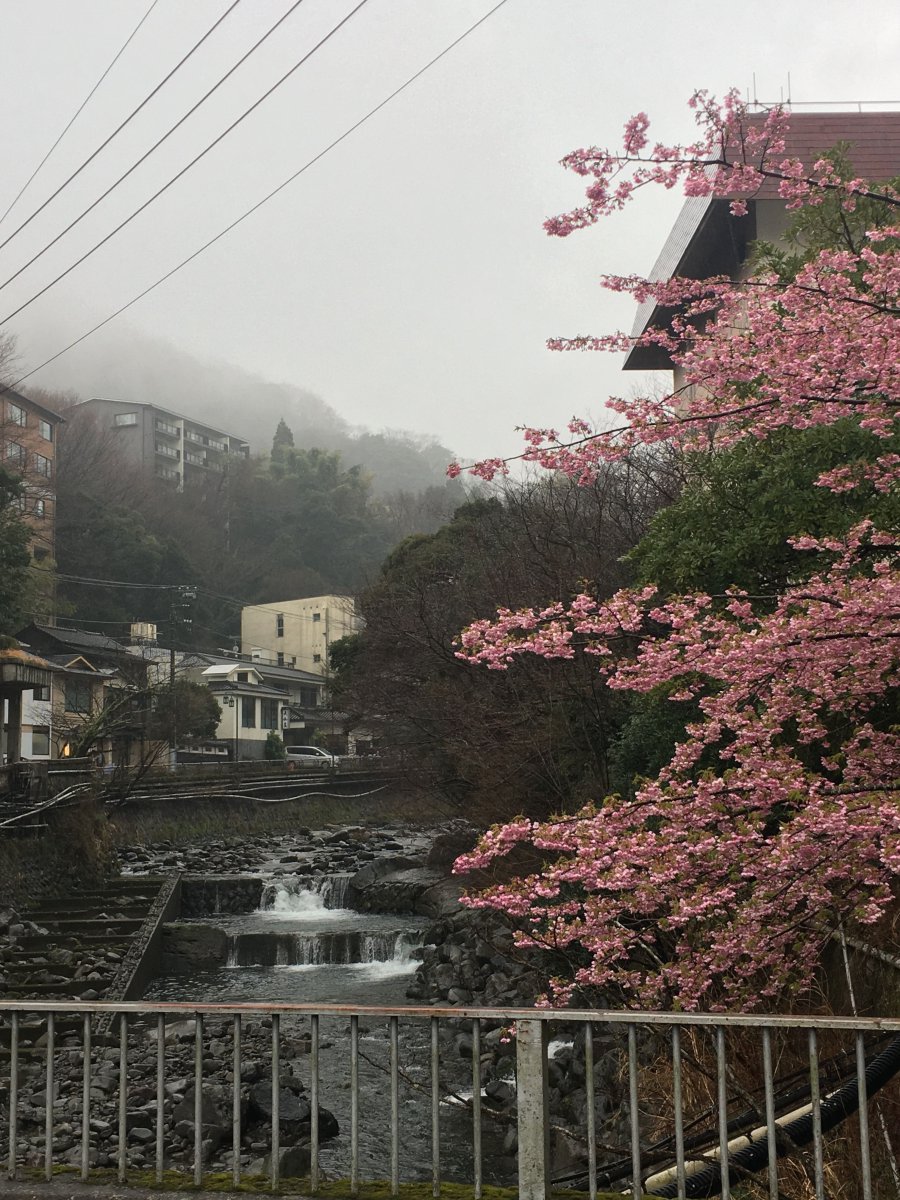

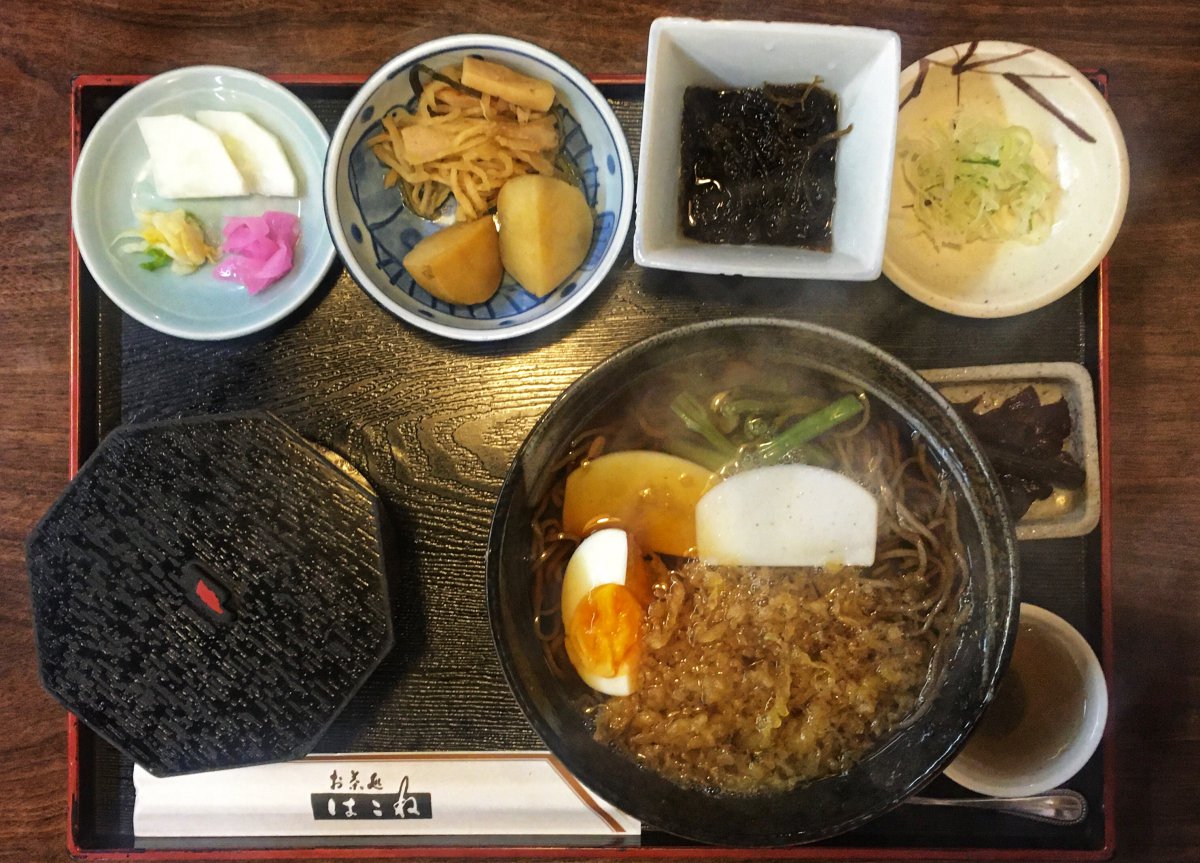
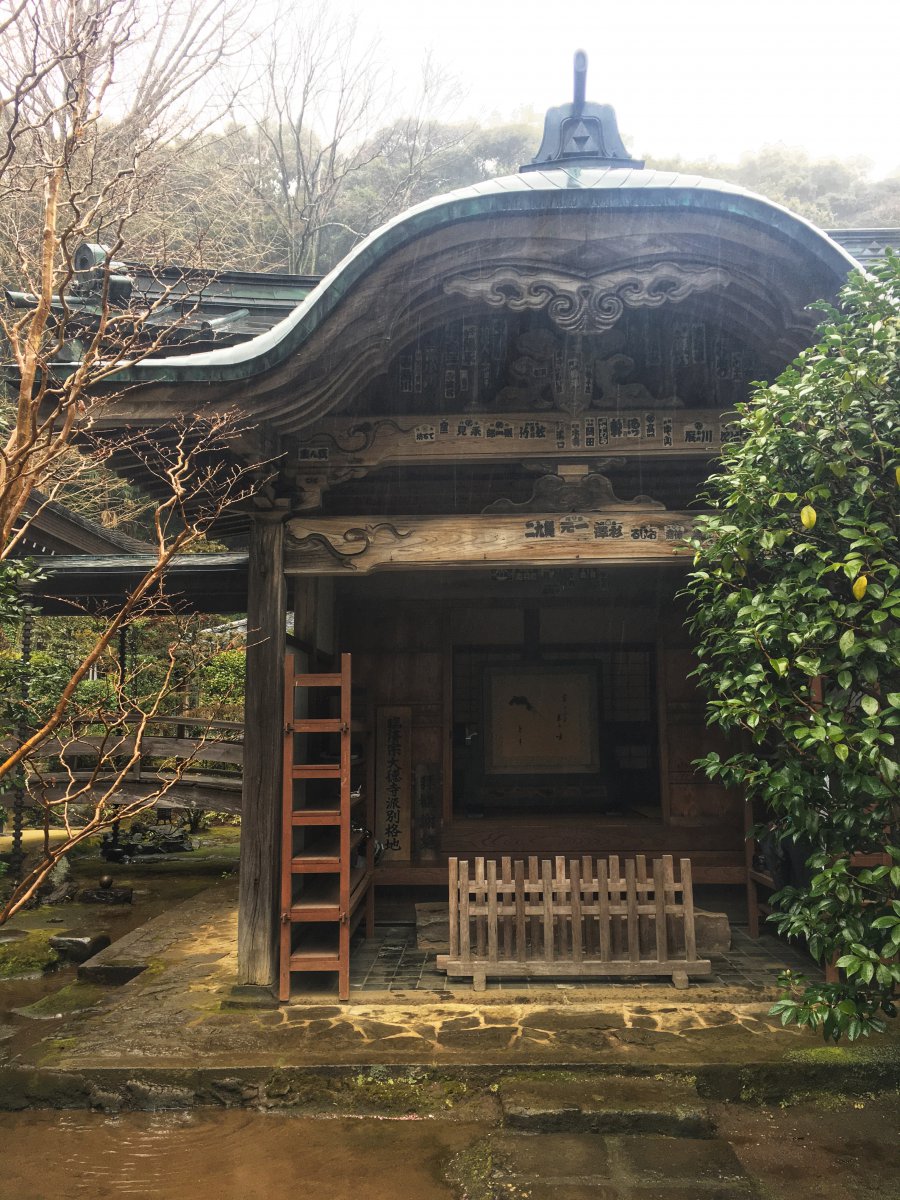

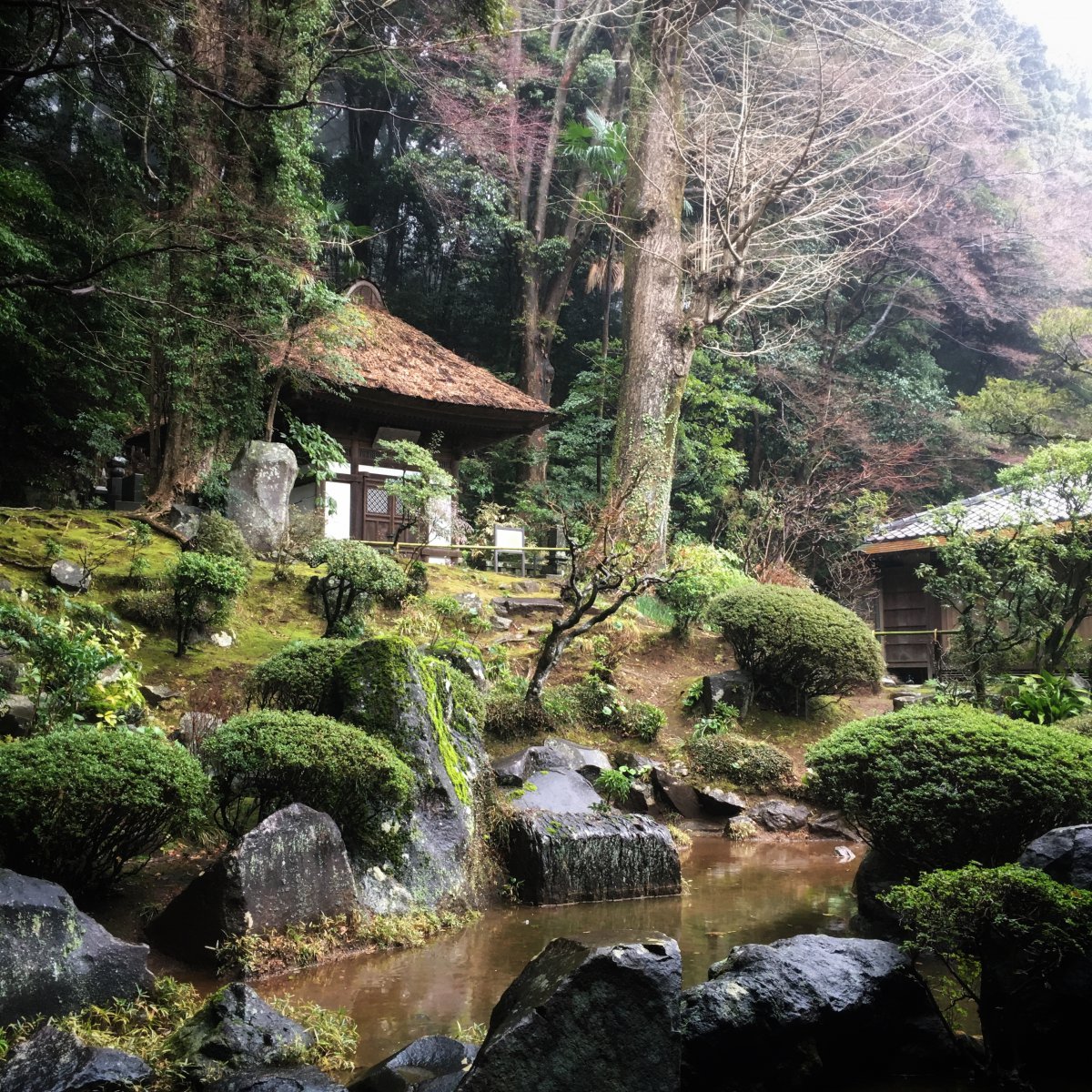
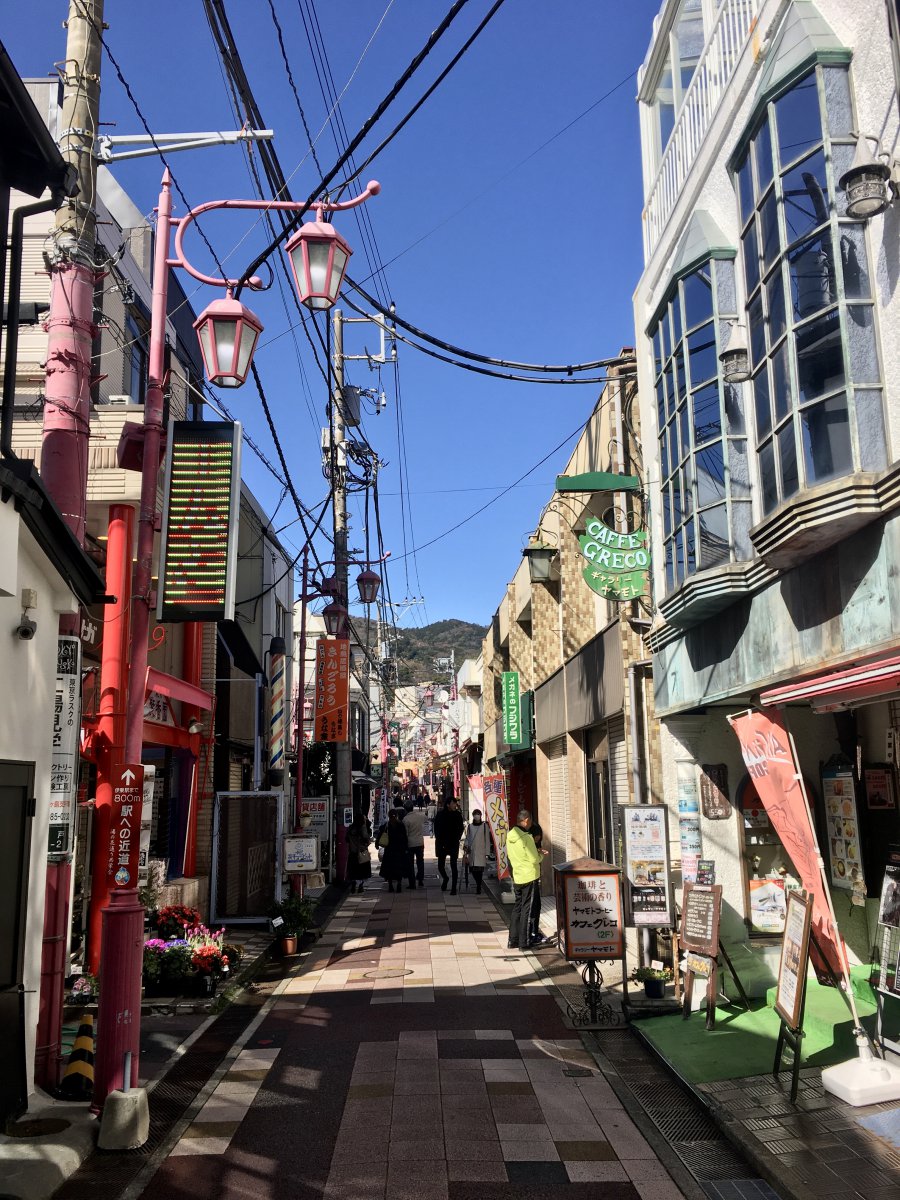


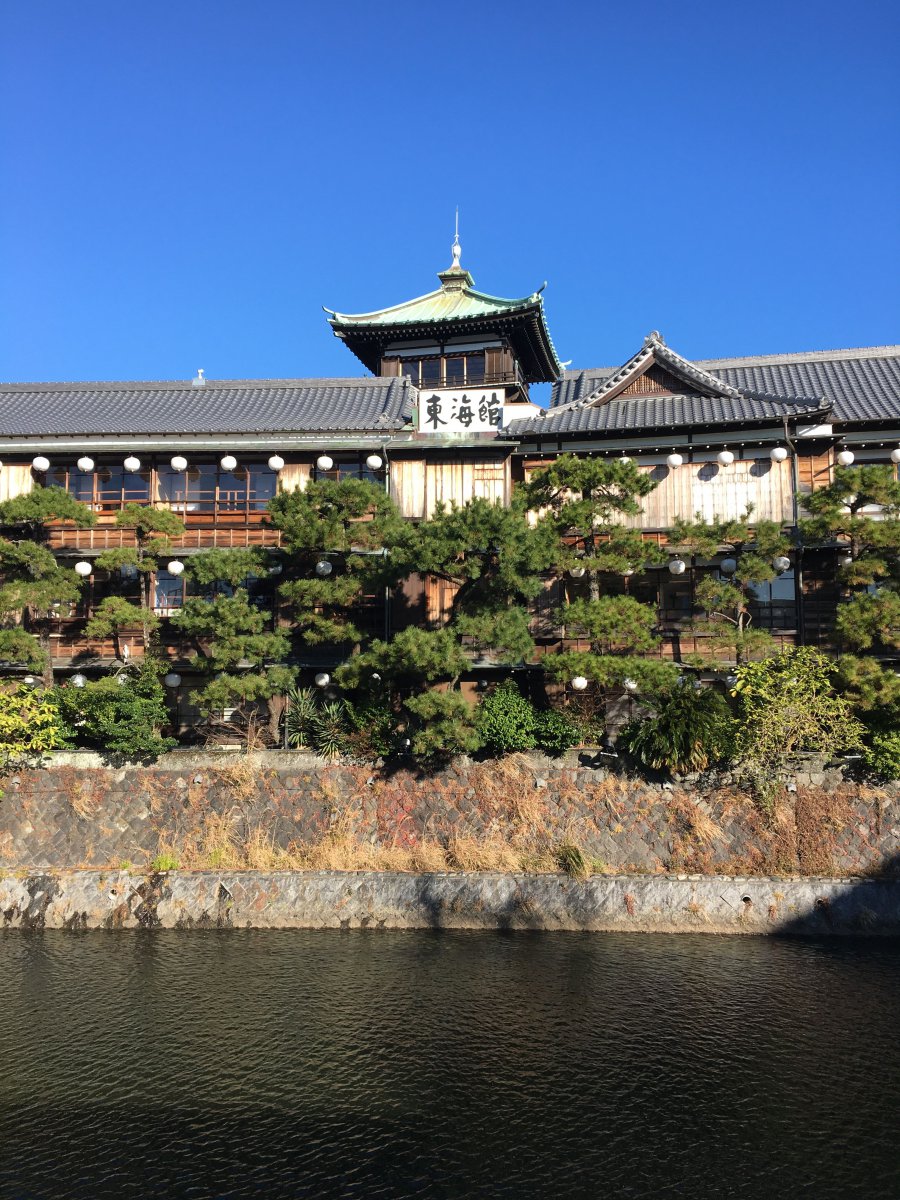

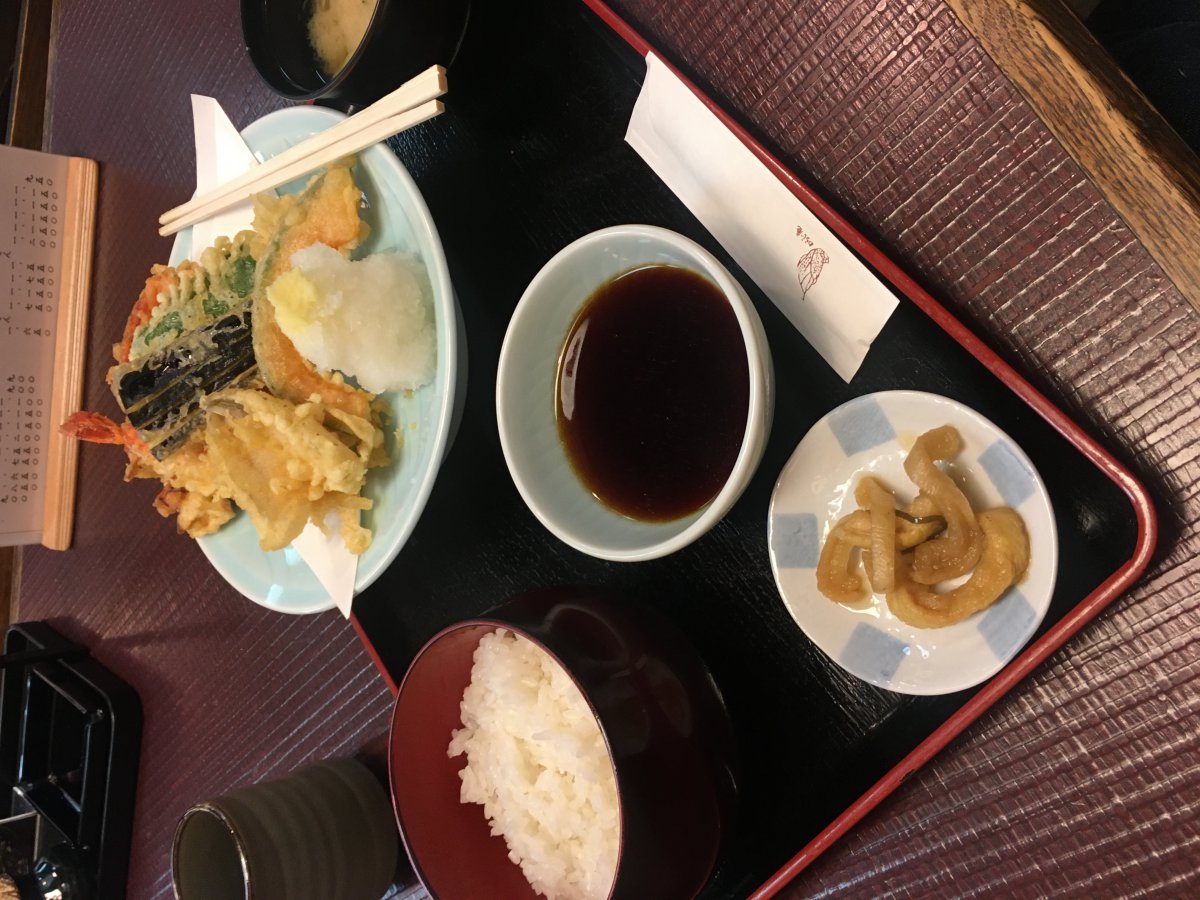
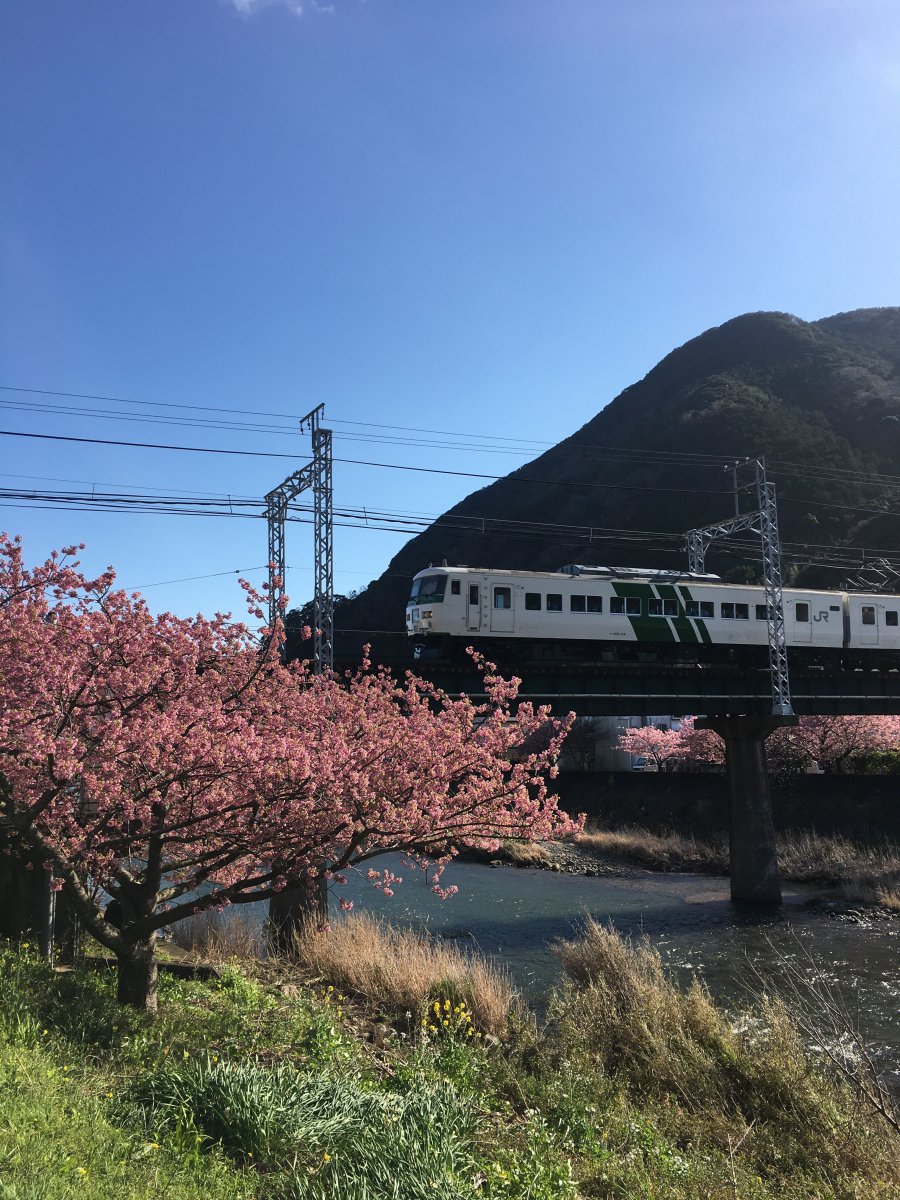

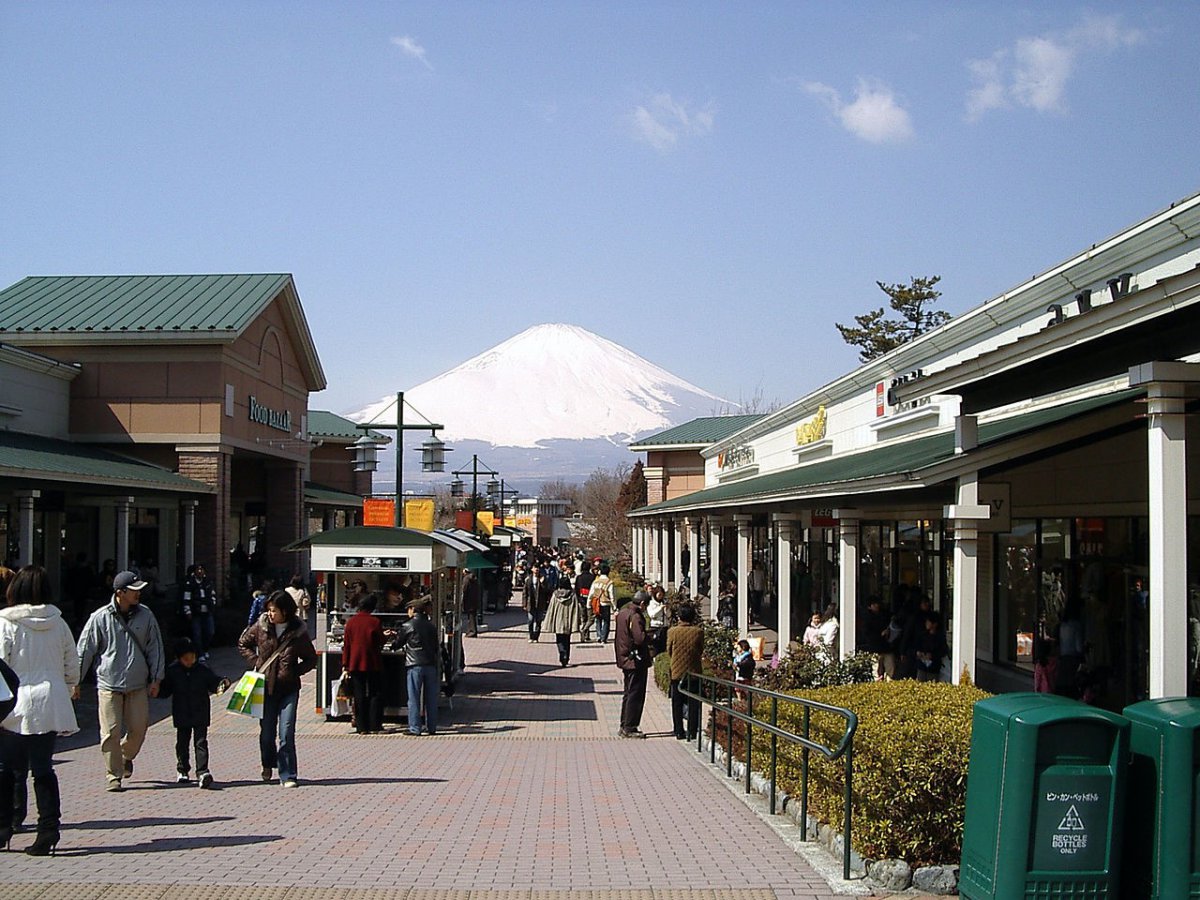
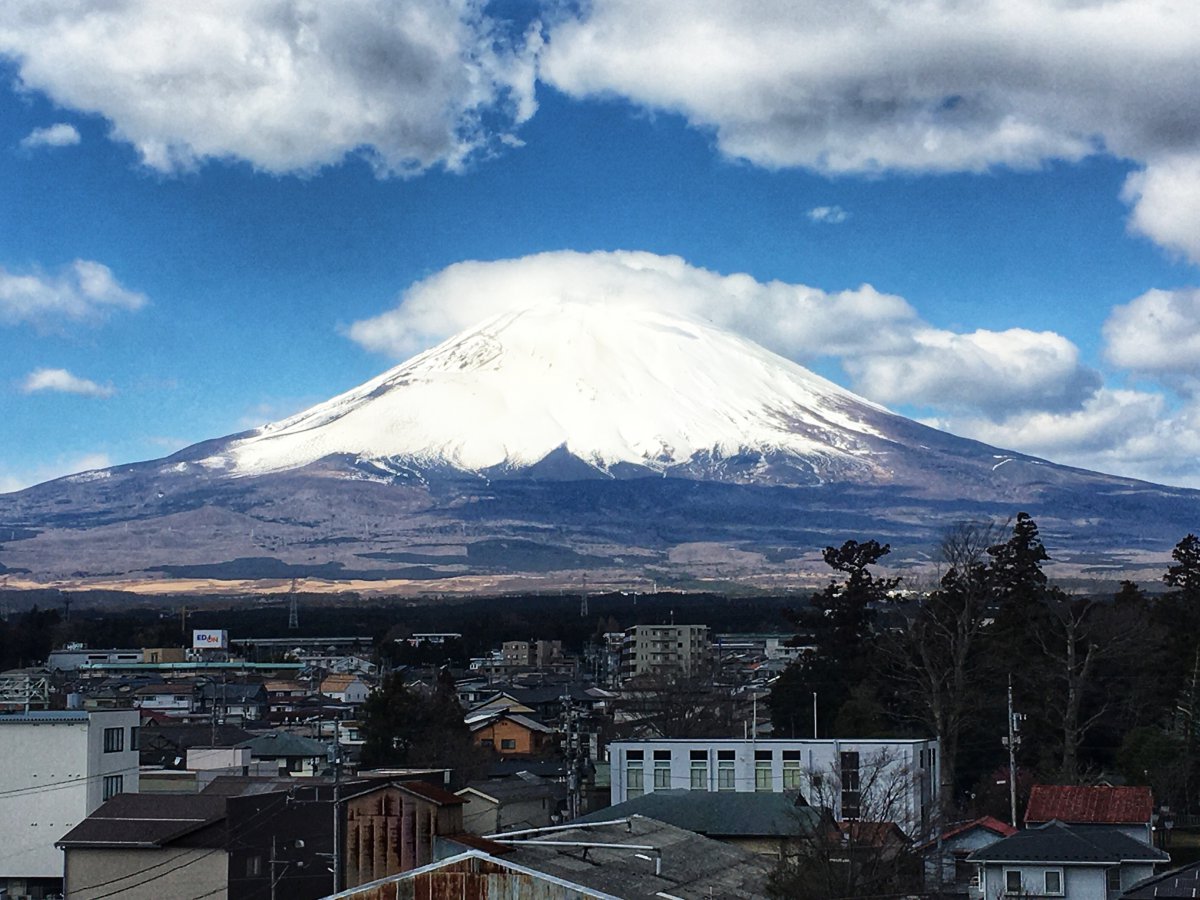
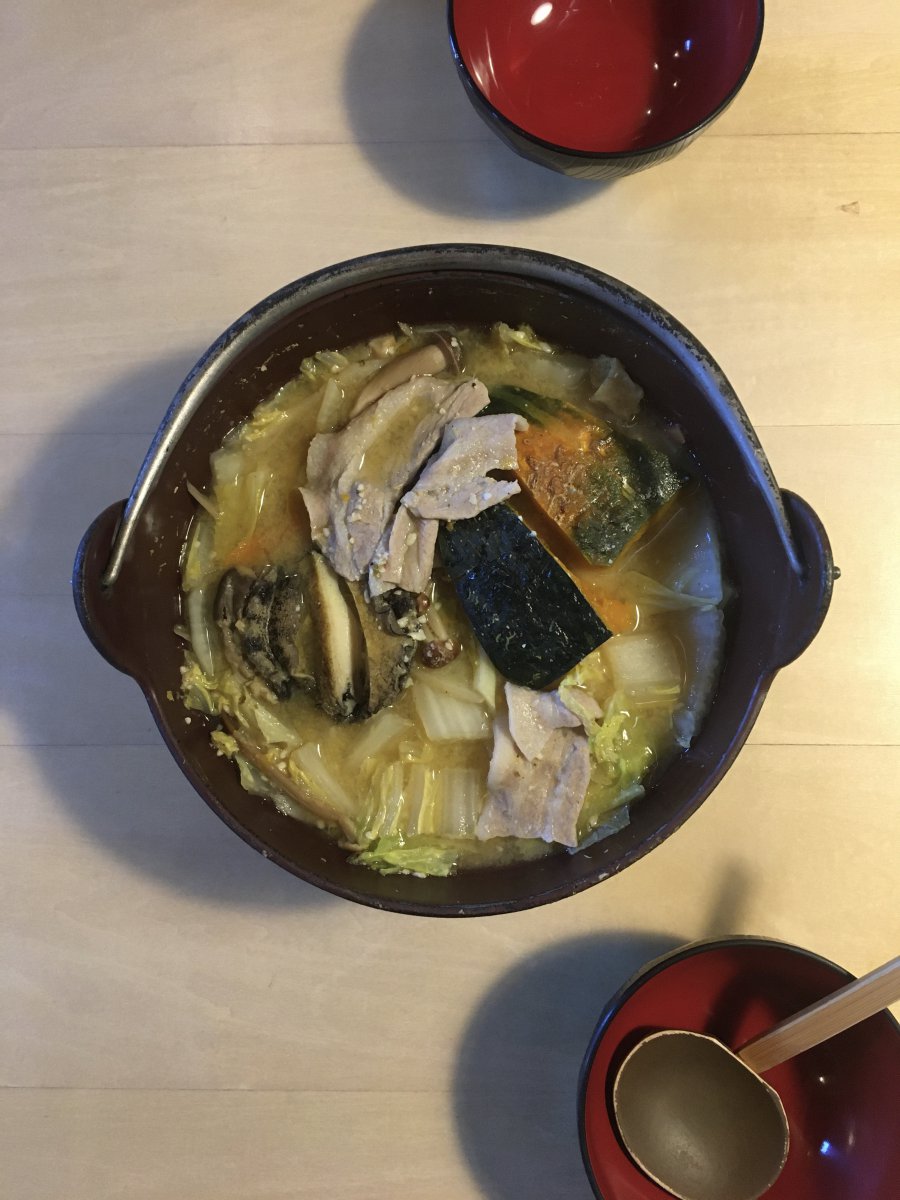
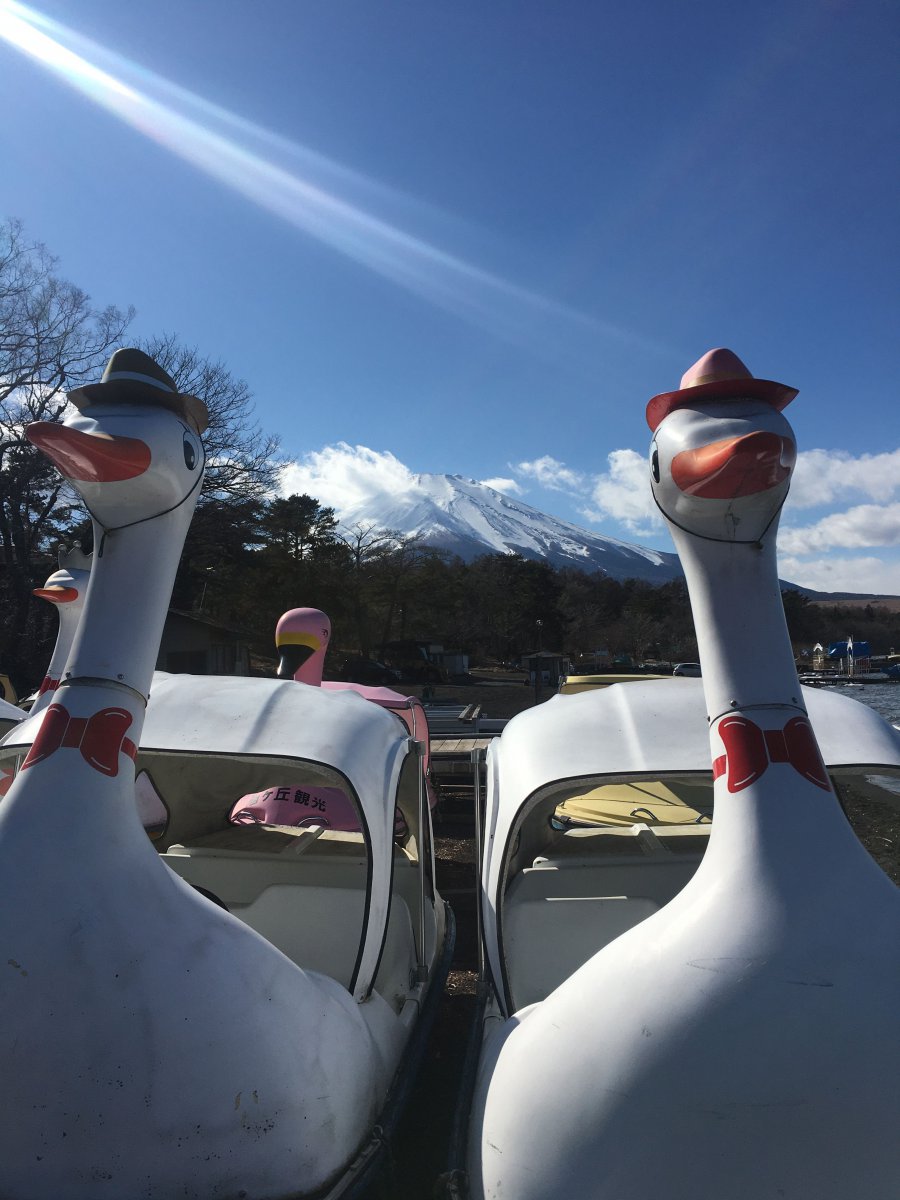

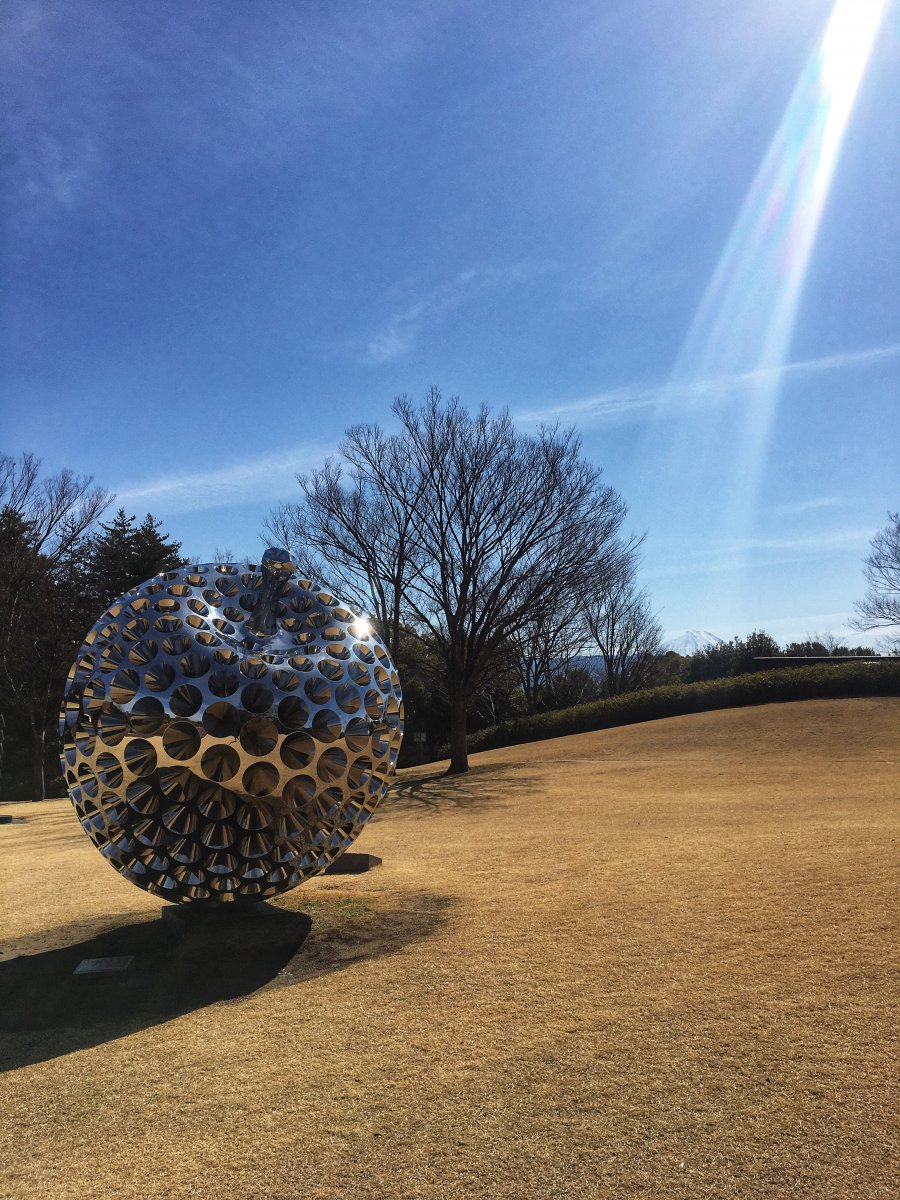

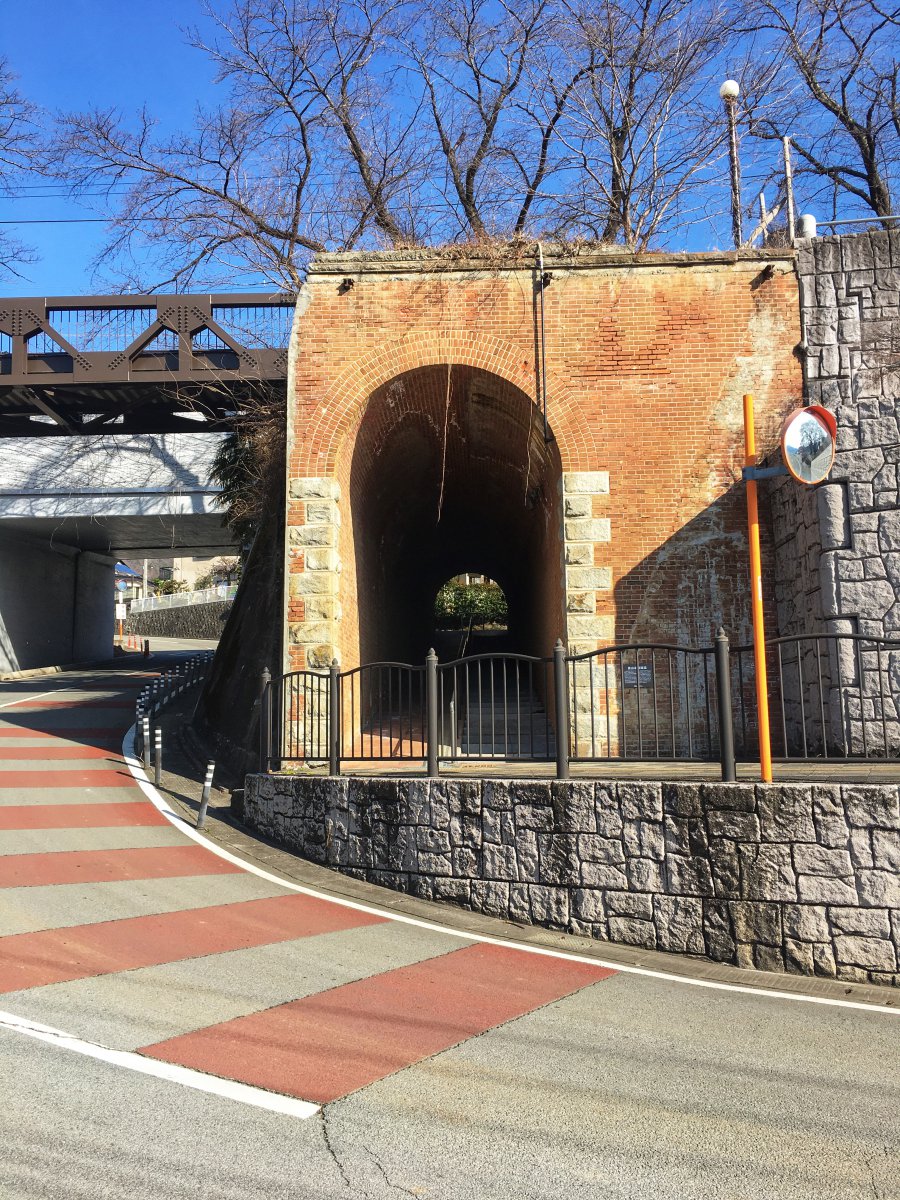
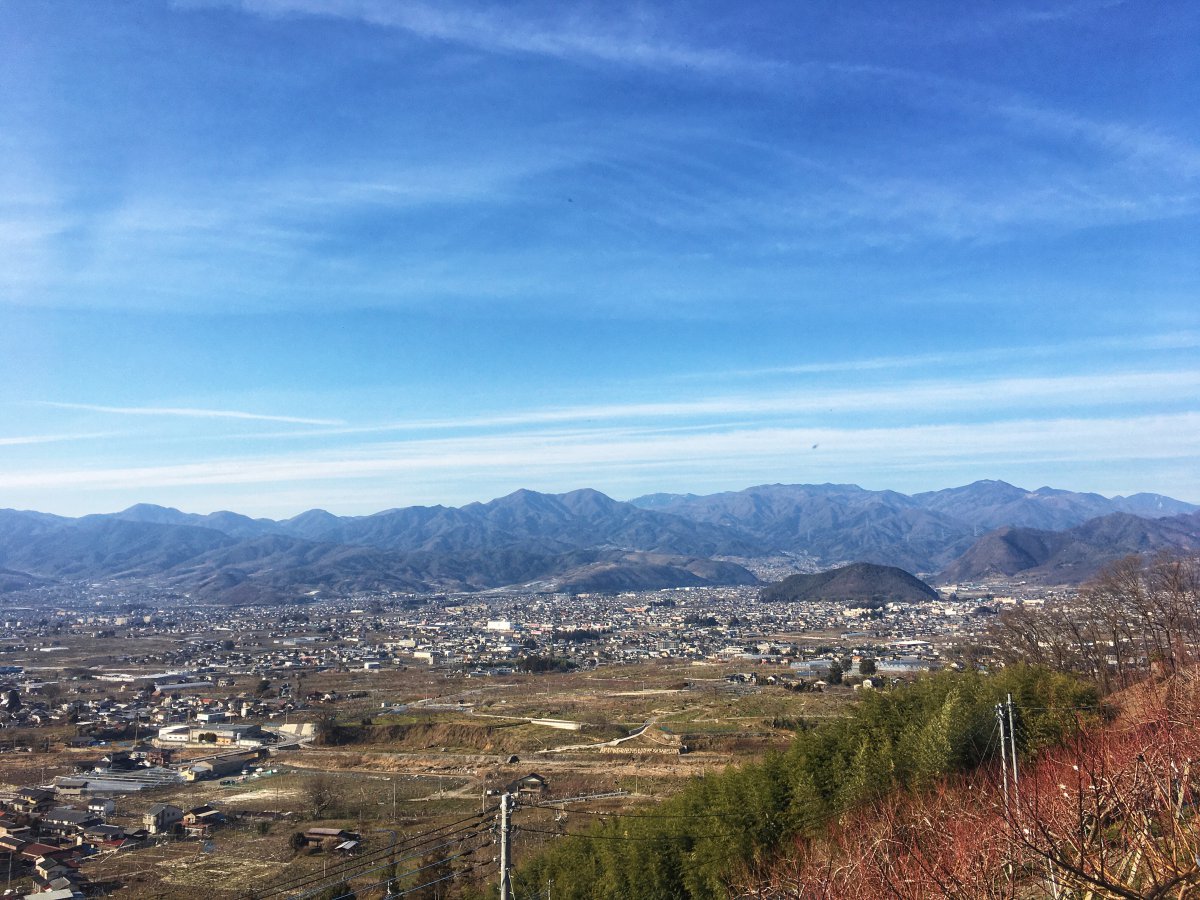

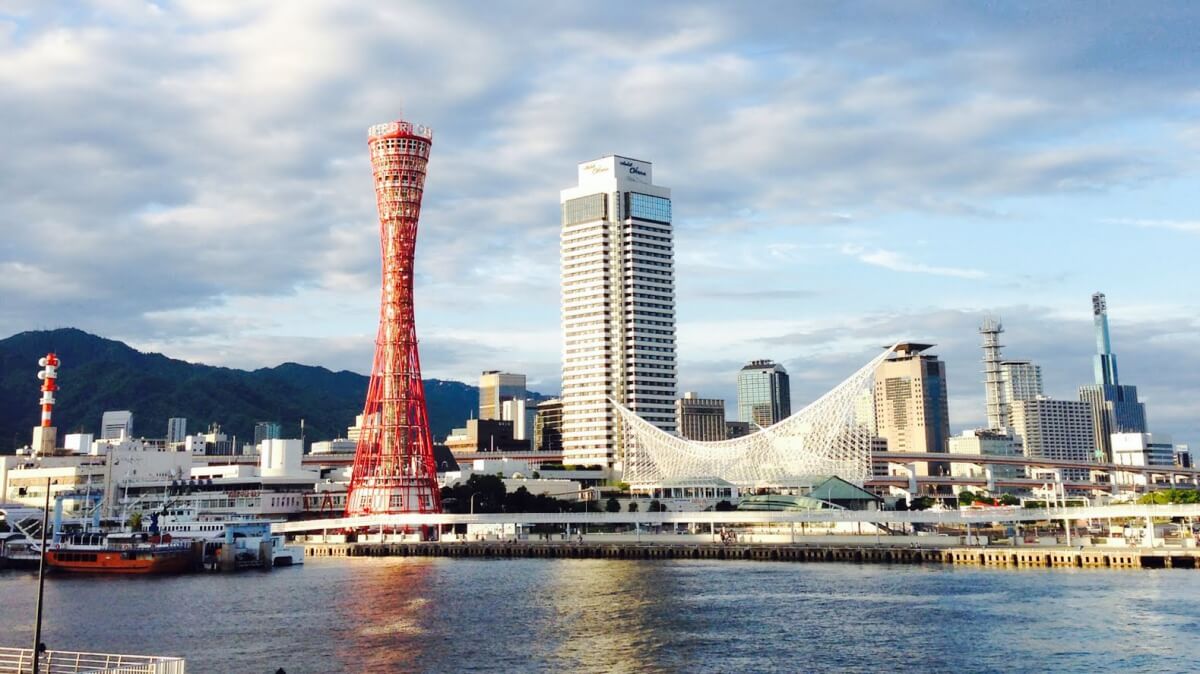
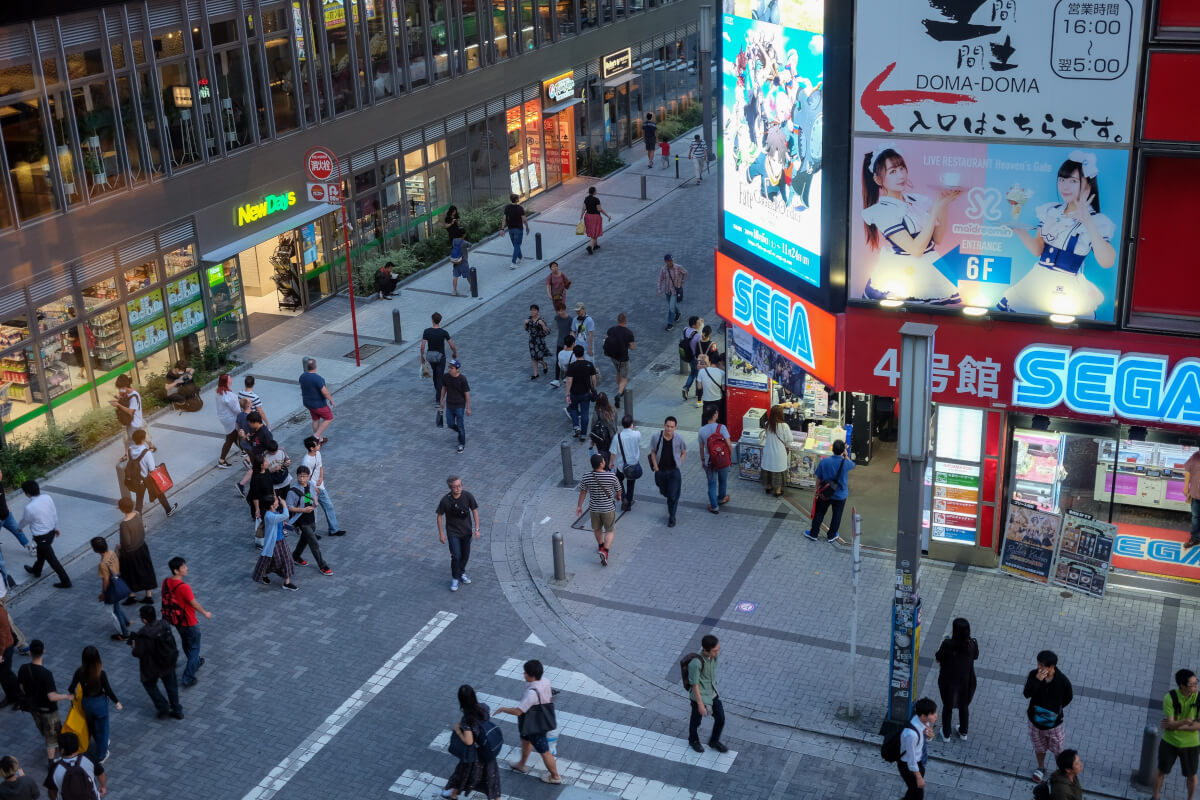
Comments
[…] Here is the link to the original article […]